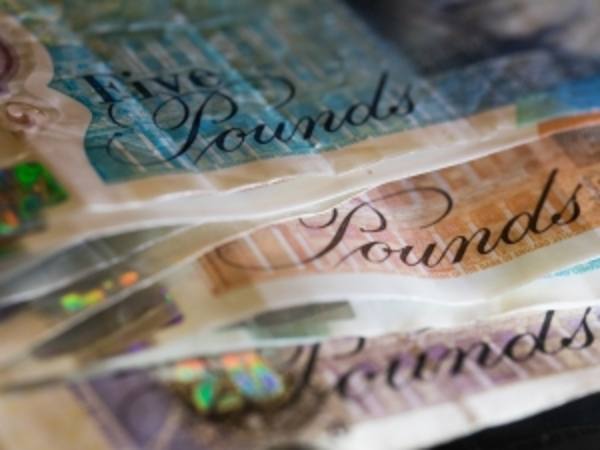Higher earners who faced restrictions on the amount of tax-efficient contributions they could put into their pension pot over the past two tax years could make this up with the new carry-forward rules that came into effect this tax year.
The annual pension allowance for the three years prior to the current 2011-12 tax year has been reset to £50,000. Previously, the annual limit between April 2009 and and April 2011 was between £20,000 and £30,000 for those with an income of £130,000 or more. This means that even a higher-rate taxpayer who made the maximum contribution in the prior two years of between £20,000 and £30,000, can now contribute the difference between that and £50,000. This is in addition to the current tax year's £50,000 limit.
If you have not used any of your three year's previous allowances, then, together with this tax year's £50,000 allowance, you could put £200,000 into your pension.
"The new carry forward rules represent a real opportunity for higher earners to maximise their pension contributions and regain some lost ground experienced due to the anti-forestalling restrictions," said Steve Latto, head of pensions at Alliance Trust Savings.
Pensions experts say this is a good way for higher-rate taxpayers, who pay 40 per cent on their top earnings, and additional rate taxpayers who pay 50 per cent on their top earnings, to obtain tax relief.
HMRC statistics show that an increasing numbers of people are falling into these tax brackets: the government predicts higher-rate taxpayers charged 40 per cent on their top earnings will rise from 3.1m in 2010-11 to 3.7m in the 2011-12, and additional rate taxpayers charged 50 per cent will increase from 246,000 to 275,000 - a rise of nearly 12 per cent.
Making use of the annual allowance can also be useful for those looking to build up a sizeable pension pot with the aim of eventually opting for flexible drawdown rather than just buying an annuity. To qualify for flexible drawdown, you have to demonstrate that you have funds to provide an income of at least £20,000 a year for the rest of your life, in addition to your drawdown pot.
"One of the best ways to obtain relief against the higher and additional rates of tax is through pension contributions," added Billy Mackay, marketing director at self-invested personal pensions (Sipp) provider AJ Bell. "With the number of higher and additional rate taxpayers on the increase it is no surprise that many are planning their pension contributions carefully to reduce the tax that they pay."
Pension contributions limit
| Tax year | Earnings > £130k/yr | Earnings < £130k/yr | Carry forward limit |
|---|---|---|---|
| 2008-09 | £235,000 | £235,000 | £50,000 |
| 2009-10 | £20,000 to £30,000 | £245,000 | £50,000 |
| 2010-11 | £20,000 to £30,000 | £255,000 | £50,000 |
| 2011-12 | £50,000 | £50,000 | £50,000 |
Source: Alliance Trust









